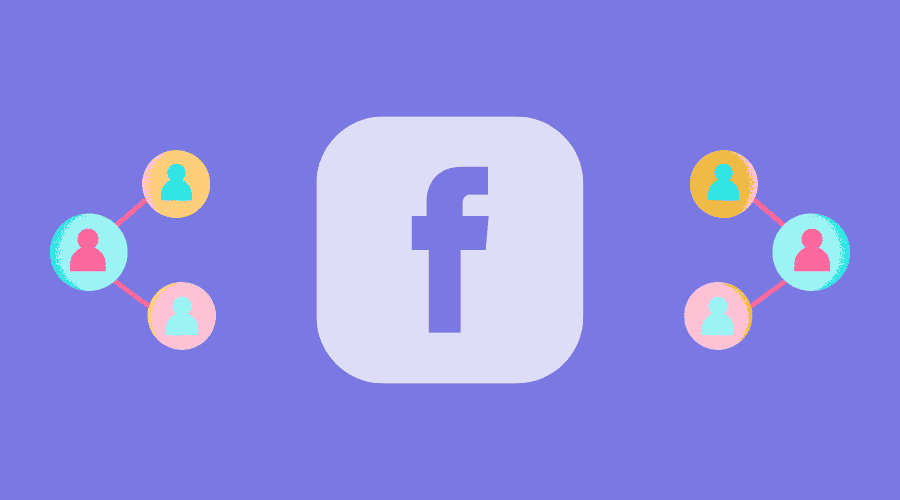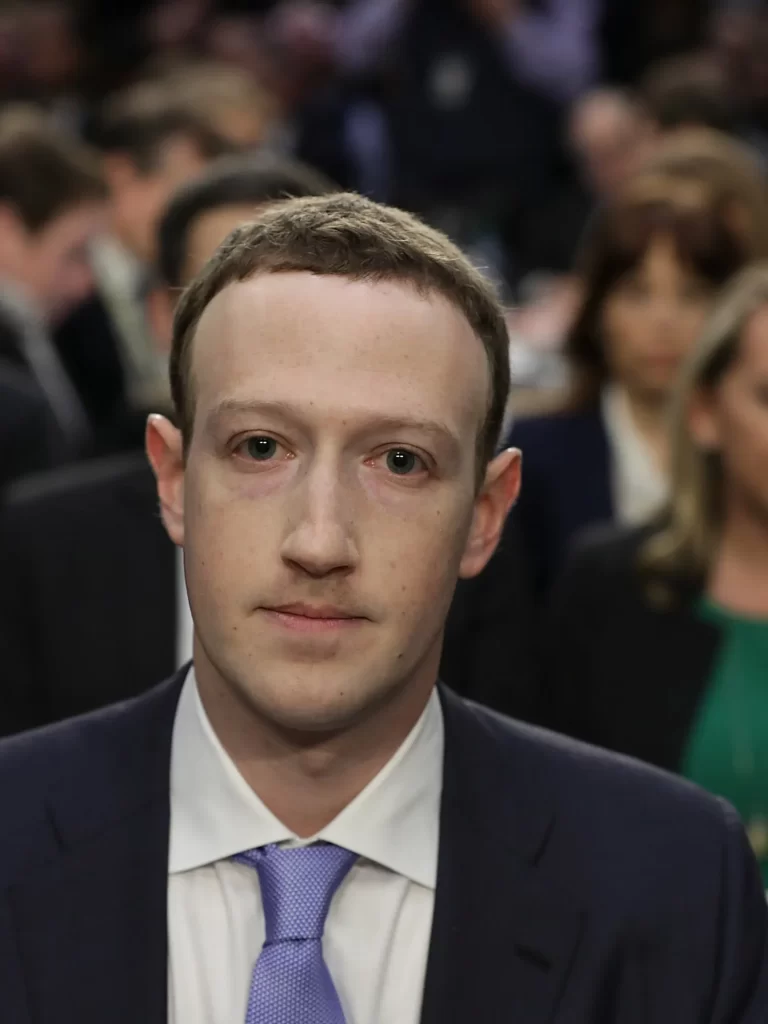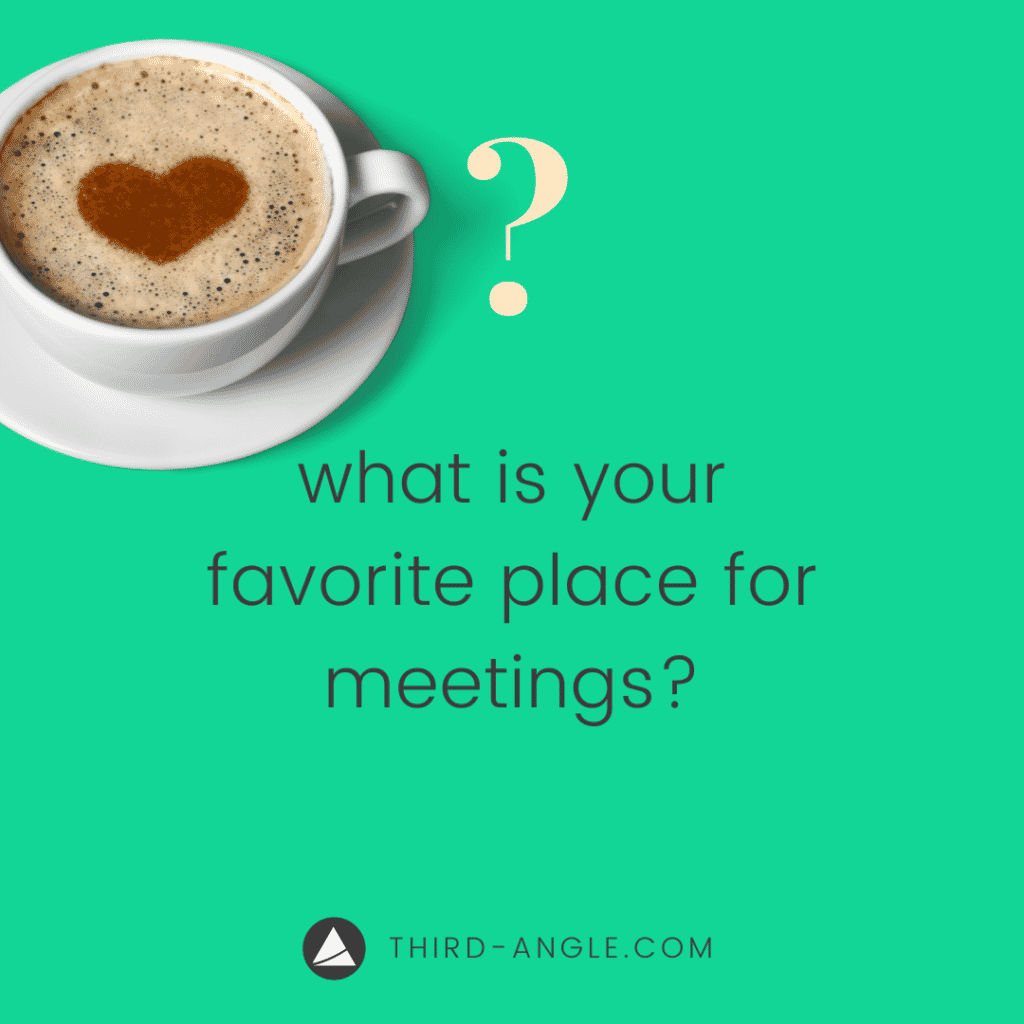
How to Use Facebook for Your Small Business
Posted Jul 21, 2022 | Updated 3 years ago
Oh Facebook, If you haven’t heard of it, you may as well have been living under a rock for the last 18 years. Facebook is one of the Godfathers of modern-day social media (along with Myspace and Friendster but we’re still recovering from that). Facebook is now the old dog, but it is always learning and using new tricks. The platform updates its algorithm often, so it’s important to stay up to date. Especially because its parent company, Meta, also owns Instagram, a whole other audience base you may want to take advantage of. So what about Facebook makes it appealing to users?
Connectivity, people want to feel connected. In a world separated by state lines and country borders, Facebook offers you those status updates you crave from your loved ones, in real-time. That’s great and all, but what does that mean for businesses? That’s a great question.
As a business, you may not have the same personal connection to your audience as their mother would… but there may be a few things you may not know, that you should definitely take advantage of.
What is Facebook?
As the world’s third most visited website, “What is Facebook?” is an unheard-of question in 2022. Now a household name, Facebook was created in 2004 by, the now infamous – and slightly robotic-looking, Mark Zuckerberg and his college roommates.

Who would’ve guessed some college students’ vision would rise to sensation-hood by 2008, crushing the other platforms of the time.
What’s included on a Facebook Business Page?
If you have avoided Facebook until now, this multi-faceted social media and its business pages offer the ability to:
- Add business information
- Post text, photos, videos, and even external links
- Showcase your services or products
- Have customers reach out with questions via messenger
- Have customers purchase directly from Facebook
- Create open and private groups for individual users and your company to interact
Facebook’s rise brought with it the modernization of social networking and made social media a global phenomenon, forever changing how people connect and interact. People began spending extremely long periods of time on Facebook and even became addicted to the website/app. The love for Facebook has continuously grown, and it currently holds almost three billion active monthly users. This makes the app a goldmine for marketing opportunities. Plus, with the introduction of Facebook Marketplace, people are ready now, more than ever, to pull out their credit cards.
All of this has generated a feeding frenzy for businesses because it’s provided a place for them to showcase their products and services, plus build brand awareness and loyalty.
Who Uses Facebook?
While many Gen-Z’ers laugh at Baby Boomers for using Facebook and claim Facebook is for “older people”, this is a myth. Those 55 and older make up a very small percentage of the users. In reality, 20% of Facebook is men ages 25-34. The statistics for women the same age are right behind with 13%. So it isn’t the Baby Boomers, it’s Millennials. Also, when marketing on Facebook, it’s good to know that 75% of people with salaries of 75k or higher (who also use social media) can be found on Facebook.
How to Take Advantage of Facebook’s Algorithm
Now time for the fun part. What is the Facebook algorithm like as of mid-2022? Just like any algorithm, Facebook has one point and one point only: to keep you on the app. And even with constant tweaking, Facebook works incredibly well. Facebook says it shows content that is “meaningful and informative” and there are three generalized key factors to defining that.
- Who Posted The Content:
Facebook has had years to work on its AI, so it’s only natural that the people or businesses you interact with, are more likely to show up at the top of your feed. People you are friends with or businesses you follow will also make regular appearances, even if you may not interact with them as frequently.
- Content Format
Video content, photo content, and just plain old-fashioned text are all types of content Facebook offers. Over time, the algorithm starts to learn what type of content a user is more likely to engage with and show more of those types of content. This is incredibly helpful if you do research into what type of content your target demographic or ideal buyer enjoys.
However, it is good to note that Facebook does favor visual-based content with a slight edge towards videos so keep this in mind. It may be beneficial to make, what was originally going to be, text posts into a stylized graphic with text.

- Content Engagement
What can we say, likes do matter! (in this case) Especially on Facebook. Posts with more likes, shares, comments, and reactions will get boosted by the algorithm, especially if you are friends with the person who made it.
Past the basics, Facebook can also learn from the posts you save, send or share and show more of that type of content.
How to Beat the Facebook Algorithm
If you’re looking for a “Facebook for Dummies” or TL;DR here it is: Do market research and discover what your target audience would find enjoyable, engaging, and informative. It’s that simple. You want to make your audience happy so that they interact with your post, which will organically make the algorithm happy without you even having to think about it.
It’s also important to note that with so many users and other businesses active on Facebook it does mean that pure organic growth on the platform will be slow and methodical. While viral sensations happen most businesses don’t hit immediate success.
At the time of writing this, mid-2022, organic reach on Facebook is declining due to algorithm changes. Business pages posts only reach about 1-5% of their total audience (people who like and/or follow your page) which can result in dismal interaction rates. To counteract that, It may be beneficial to consider paying for impressions, even with a small marketing budget.
Facebook Ads & Boosted Posts
Usually, we focus on creating organic growth but when we talk about social media it’s important to note paying for attention is a key component. That is where Facebook ads and boosted posts come in. Using them wisely can help generate much-needed exposure and also push users to take action.
What are Facebook Ads and how do they work?
Facebook ads can be likened to old-school newspaper ads. There are several options and locations you can use to have ads focused on specific actions you want users to take.
Ads can appear in a user’s newsfeed or in the right column on desktops or on newsfeeds on mobile devices. You can create automated ads that are generated based on answers you provide or you can create them from scratch. Either way, you have the ability to target a specific audience based on a variety of factors in addition to having different versions of a central ad so you can test which graphic, wording, and call-to-action works best.
What’s a Facebook Boosted Posts and how do they work?
A boosted post is not quite the same thing as an ad on Facebook. While ads have a few added perks and a more comprehensive creation tool, a “boosted post” is meant to give a previously published post a boost by paying for exposure and engagement to a specific audience. Boosted posts can have call-to-action buttons and can use the same audiences that ads do but typically only run for a short period of time.
When should I use Facebook Ads or Boosted Posts?
If you are wanting to run a longer campaign (greater than 7 days) then we suggest using ads. However, if you’re looking to just get more exposure to certain posts go with boosted posts.
Is Facebook worth advertising on?
Yes… and no. If you are a consumer-focused business Facebook has a better ROI than businesses that sell to other businesses. But don’t let that deter you from trying it out. Regardless of who you target, make sure you dig deep when creating your audiences, and don’t be afraid to conduct tests using the same ads but to different audiences.
It is worth noting that Facebook does have great potential for businesses, just take a look at these stats:
- 18.3% of U.S. adult Facebook users made a purchase through the platform last year. There are about 240 million Facebook users in the United States. Doing the math, around 43 million people in the U.S. bought something through Facebook last year alone, at least one time.
- Facebook users click on 12 ads per month on average
- The average conversion rate of a Facebook ad is 9.21%
- The average cost per click on an ad is $0.28 (In the U.S.)
Getting Started on Facebook
If your business isn’t already on Facebook, it’s easy to make a business page tied to your existing personal account. This page is a home base for people researching your product or service, especially if you don’t have a website. (Which you definitely should have.) It will have all of your business information as well as give you the ability to post or even schedule posts on your business page. A business page also has analytics so you can monitor your paid or organic marketing efforts.
Set your page up and get to posting! Determine your KPIs and what demographic you’re targeting and post content accordingly. Since Facebook’s organic traffic is suffering, you may consider running a few ads if your business page is new. If you have a storefront, offer deals for people who “check-in” at your business on Facebook, or who follow.
The possibilities are endless, and Facebook is a great place to start building your brand.
Want to leave it to the professionals?

